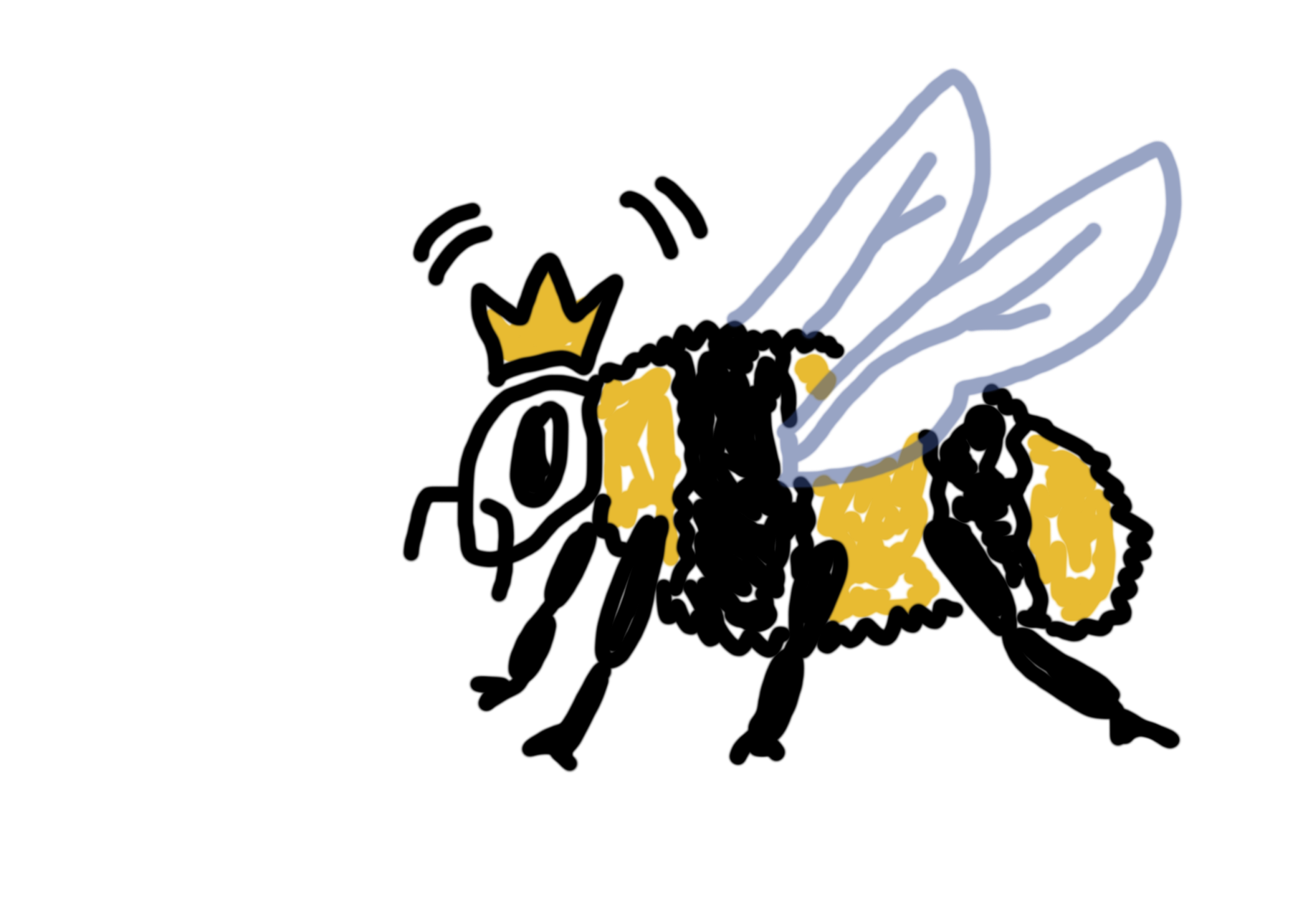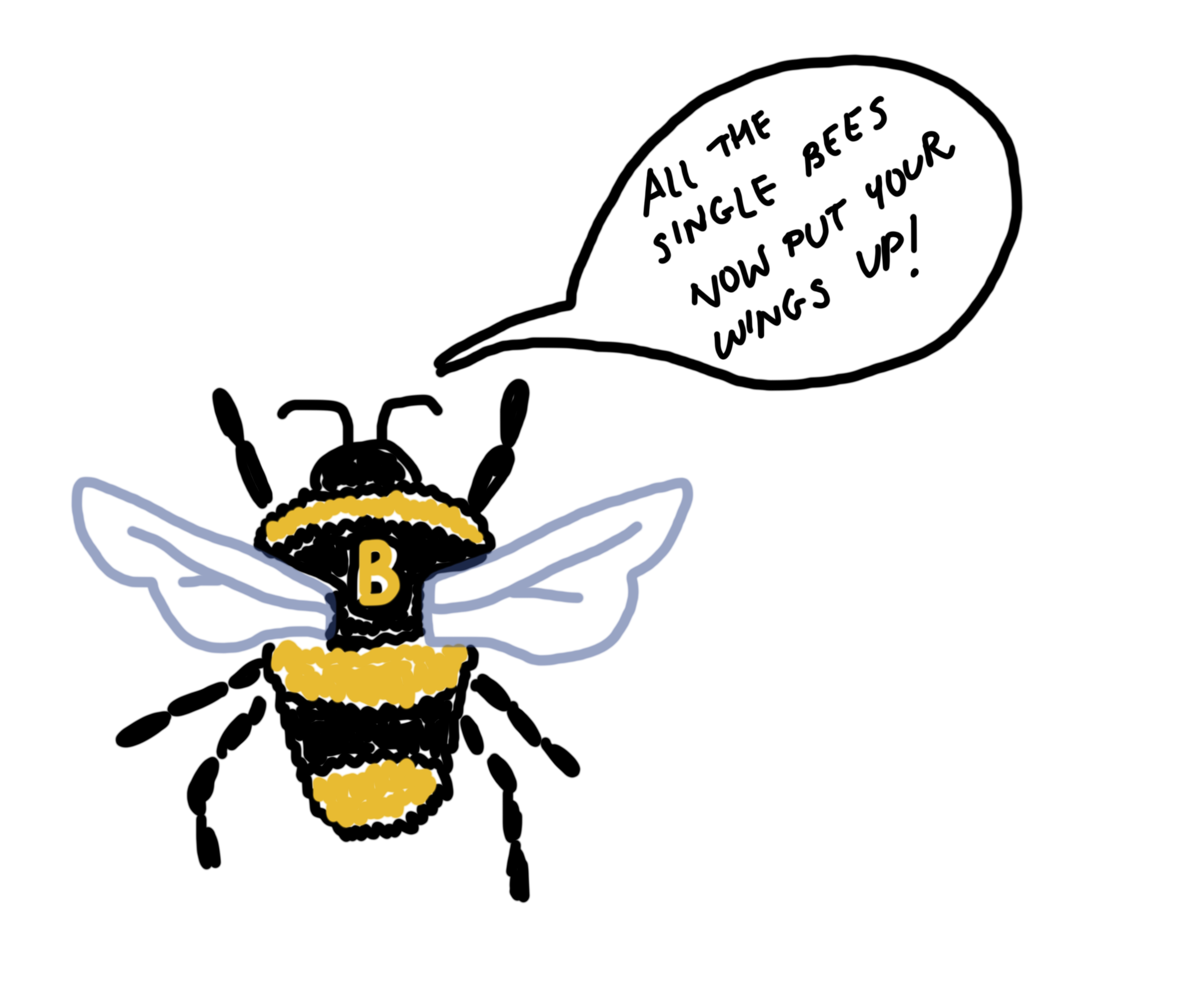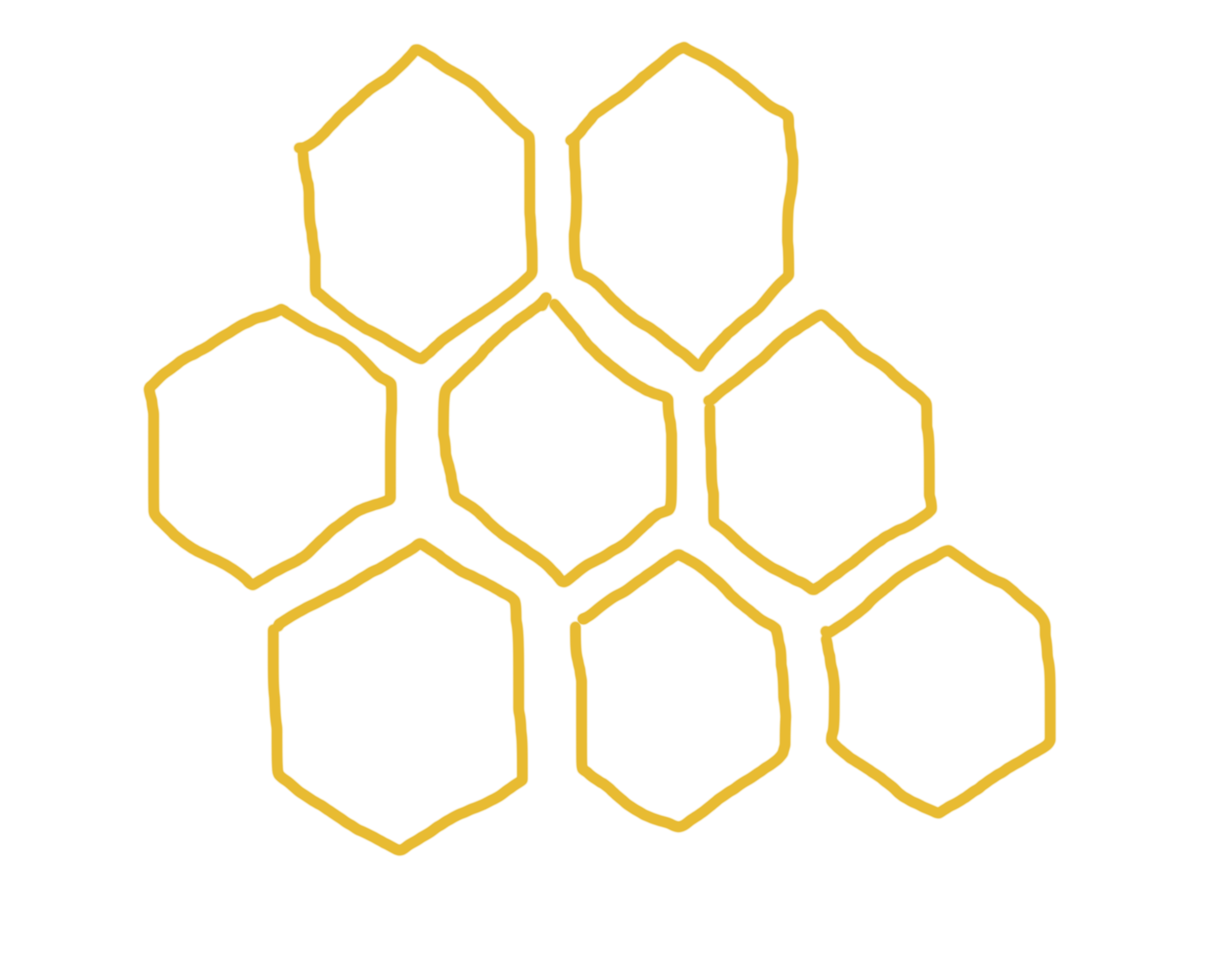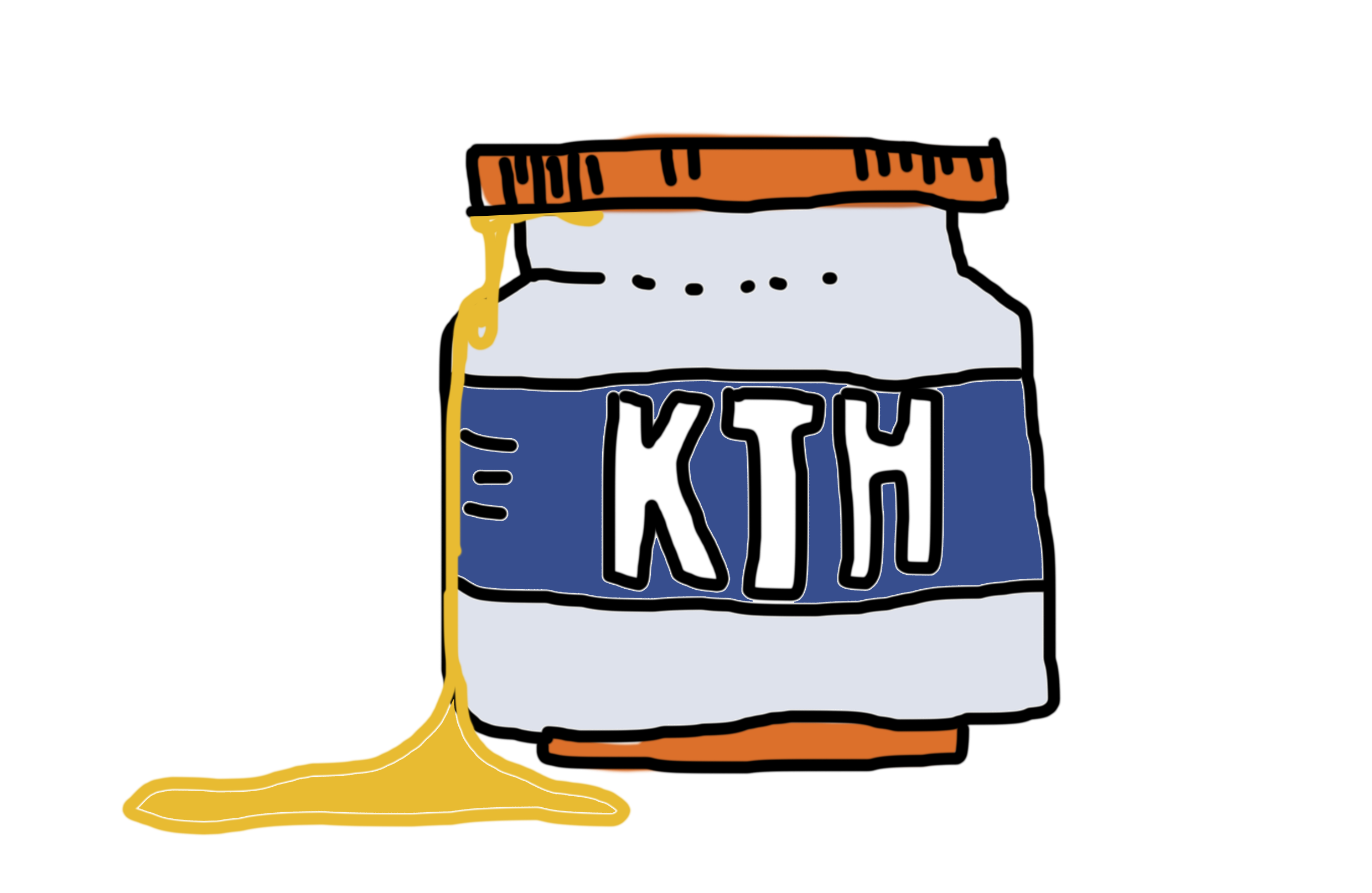An Unintentional Exposé
Sara Sokolowska-Katzer - Authorsara.katzer@osqledaren.se
Sara Sokolowska-Katzer - Illustratorsara.katzer@osqledaren.se
KTH is in the world’s top 50 for operations towards the UN’s SDGs (Sustainable Development Goals). But what does this number matter? Does the school really do that good a job, sustainability wise, from the students’ perspective? After attending a Sustainability Workshop on campus here is a rundown of what is really going on.
We got free honey. A tiny little jar, almost like those toy ones for hamsters in the depths of YouTube videos. This tiny glass jar was filled with hard labor of even tinier bees. The bees that made that honey actually live on KTH grounds. Down the street from Nymble, four beehives are home to the kingdom of two queen bees. They also apparently have names - Queen Bee McBeeface and Queen Beeyoncé (seriously).
The free honey was given out as an initiative of the sustainability workshop for KTH ambassadors and collaborators. It was an event with the Sustainability Office to discuss the good and bad of KTH’s green action plan. After an hour of presentation of the wonderful work KTH is doing to protect our planet and ecosystem, I could tell that all attendees were slightly confused. It seemed as though there is a discrepancy between rankings and reality.

We were presented with a list of projects and research done at KTH that has got our school to the top 50 in the world for operations towards the UN’s SDGs. But what does this number matter? And what is this “impact through education, research, collaboration and campus”? It turns out that the school is doing some good work with the innovation of “smart buildings”on campus, having environment-focused PhD projects, serving vegetarian-dominant options at gatherings and many more. Statistics and charts were thrown at us on the screen. Numbers and percentages, green check marks and smiley faces were in abundance.
BUT, there is a “but”.

The Sustainability Office had committed an unintentional self-exposé. The very one-sided exhibition of work and efforts in the green realm seemed pretty impressive. However, during the more interactive part of the workshop, the students attending spoke up and their observations were quite appalling, revealing the lack of communication between the students and the leaders of the school.
The common denominator of a lot of courses’ issues were about the exam system. Apparently written exams require you to write on one single side of an A4 paper for every single question no matter how short. This means that if your answers consist of three words, those three words will be the only piece of writing on a sheet of paper. Considering that an exam is 15 questions long, that is 15 pages per person. Assuming a course has 150 students, that’s 2250 pages of paper thrown out after results are in. To put that into perspective, that single course of 150 people and 15 questions equals about 11 kg of paper wasted. Most programmes at KTH have way more students than 150, so you can only imagine the completely reckless use of material and resources. The Sustainability office had NO CLUE that this was happening. In their defense, they did say they would “look into this issue”.

Another example was the enormous waste of material during the Architecture school’s post-review (final examination presentations each semester). Each semester after finals, architecture students are faced with two options - throw out their cardboard, plastic or wooden models, papers, printouts and scraps or keep them in their personal home. The school does not provide storage for all students. Due to big scale projects some Swedish students and all international students cannot physically keep their projects outside of the architecture building. This means that after they present their work, it all goes to the bin. Each semester you can see huge recycle bins placed around the studios of the Arch. Build. filled to the brim, and beyond, with material that could most certainly be reused. The faculty encourages to clear up the desk spaces swiftly before the semester ends but does not put equal effort into enforcing any “reducing waste” rules or systems beforehand. Architecture students HAVE in fact created un-official re-use material exchange hubs around the building but they aren’t that well known even amongst the student body.
The students create their own initiatives in combat to their unheard issues, but is it enough?
Both student and school-led projects deserve to be heard. Whether it is the whopping 12 (!) garden boxes in the Red cross-park, or student created “Re-use” exchange hubs, we need to know about them in order to use them. Even searching up some other sustainability initiatives as an international student on official sources isn’t straightforward since there is only a Swedish version of most of the KTH Sustainability website.

The university seems a bit out of touch with the students’ experience of the school’s environmental sustainability and waste-responsibility. It is a great shame since equally positive work is being done yet unheard of. Accessibility to information and availability to make this change “from the bottom up” is crucial for the great reputation of KTH’s green standpoint to not remain JUST that - a reputation.

This is a reminder that ticking boxes for EU requirements and “sustainability” prizes does not entirely prove that a school or company is transparently investigating tangible changes with a “grassroot approach”. This is of course not to say that all the achievements of students and the school itself are ineffective. It is simply to say there is more work and communication to be done.
Both (students and employees) are on the same side - so let's act like it for the “greater green good”. We need to build the bridge and better our communication between students and employees. Narrowing the gap, one honey-mini-jar at a time.
Publicerad: 2023-04-13



